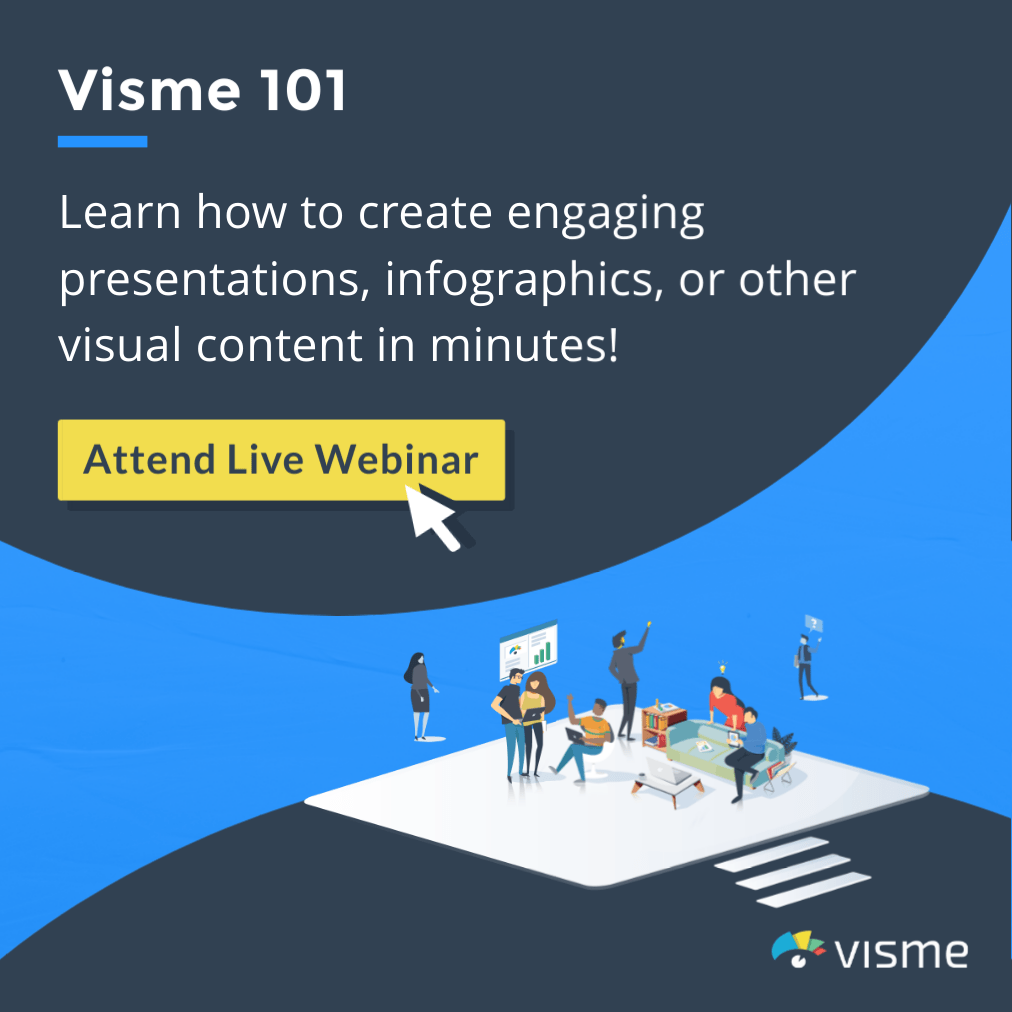10 Tips for…Presenting in English

One of the fundamental principles of public speaking is that the meaning of any message is what is actually understood by the listener, not what the presenter meant to say, and this can be a slap in the face for many people as they learn their craft as a business presenter. It suggests that it’s their fault if the audience doesn’t ‘get it’.
But that’s a big responsibility for a person beginning to travel and speak abroad. There are tens of thousands of companies all over the world, expanding into new territories where English is the native tongue, or the only common language of business. Everyday, all over the world, there are people trying to deal with this added stress – to be understood, in English, by brilliant people who just happen to speak a different first language.
There are 3 possibilities in using the English language as a presenter. You may be using it:
- To an audience for whom English is not the first language;
- When it’s not your first language, to present to a business audience of English speakers.
- When it’s not your first language and it’s not the audience’s first language either.
Most native English speakers are terrible speakers to international audiences. Why? Because they speak too fast, in too complicated words and sentences, with too much slang, jargon or culturally specific language and their articulation in their mother tongue is appalling.
So whether English is your first tongue or your fifth, there are real challenges to be faced in order to be understood – and to be understood is the first goal of any professional speaker. Here are 10 tips to help you deal with these unique challenges and be confident you will get your message across.
1) Prepare more than usual
It’s no surprise that your speech in English will require 3x more practice and preparation than you might usually give to a similar speech in your native tongue. Accept this at the start of your experience and then you’ll find you need less and less practice as your confidence, vocabulary and experience grow.
2) Keep the story and the language simple (Especially if you’re a native English speaker)
When you’re talking to an audience for whom English is a second, third or fourth language, it’s easy to get too complex in your language, thinking and visuals, particularly when you’re a native English speaker. Complexity in language is a combination of word length and sentence length and construction; so make sure that, even more than usual, you use short words and short sentences to share your ideas. No one will notice that you’ve done it, but many more people will understand you because you did.
3) Give out a summary in advance
It’s a great idea to give a really brief overview of what you’ll be presenting to your audience before they arrive at the venue, or even to put it on their seats as they arrive at the room. Something that gives them an outline of your presentation, a few titbits of information and allows them some time to prepare themselves for the flood of ideas and information that will come in a foreign language, an overview in advance can really help them to understand what it is you’re saying.
If you don’t want to give out ideas in advance of the presentation then you might prepare a short summary of your story for them to have as a takeaway at the end of the speech.
4) Use Story Structure
Remember that great stories have a clear beginning, middle and end. Audiences expect that ‘structure’ though they might not know it, and if they don’t get it they can become confused. These three acts of a story are the perfect way to structure a presentation. No matter what story you’re telling, the three act approach will help you to order your thoughts, and tell it in the most logical fashion; and that will help even the least fluent English listener to keep up with you.
5) Start like Shakespeare
If you throw your international audience straight into Act 1 of your story, they will tend to get disorientated and confused. They need to be given forewarning of where you’re going, what you’re going to cover and why.
In Romeo and Juliet, the prologue is a brilliant piece of writing and an important part of getting the audience involved in the play. If you think that at the time of its first performance, London was a disease ridden, rebellious, lawless, drunken town under a dark ‘til dawn curfew, you’ll understand that the audience had high hopes and no patience; they had to be told what was coming; it had to grab them from the start; and then the play had to deliver. Read the prologue and see how great it is at doing all of this in the first 45 seconds.
This a play about exotic, ruthless foreigners. There’ll be blood, sex and death; two lovers are going to die; they’ll kill themselves (the worst crime against God); and in their dying, deliver an end to a centuries old feud between their families. If you want to see this you need to be patient, listen and we will deliver all of this to you in 2 hours…
Imagine how much more important it is to an audience who will only understand 50% of the words that will be spoken during the play. If they understand where they are going, they will put up with a bit of confusion so long as they get the gist. The gist is only got if they get a clear prologue, right at the start.
6) Work on your vocabulary
We often worry that our lack of vocabulary will affect our ability to say just what we want to say in the presentations that we give. It’s an interesting point, but wrong in my view. Vocabulary is only a very small part of telling a story, but if vocabulary is important, prepare to expand your vocabulary as a part of your preparations for your speech. And if you’re a native English orator, choose the very simplest word you can for the thing you’re describing.
7) Summarise as you go
It has been shown in a number of significant psychological studies that regular summaries and reminders of where you are on your journey from A to B will help audiences to understand the points you’re making and allow those who need it, some time to catch up. People need time to think back over what you’ve said to see that they understand it. You do it in your native language but it just takes longer when you have to do a simultaneous translation in your head.
So start with a ‘map’ of what you’re going to say, like the prologue, and every time you’re ready to move on, recap before you do. Always finish with a recap of all the things you’ve covered and a summary of your key message.
8) Use clear visual images
When you’re presenting to any audience, visual aids should be designed to help them understand (not just to help the speaker to remember what’s next).The visual aids are even more important for international groups. If you can support your major points with relevant and memorable images, or even key phrases, words or summaries, it will help you to be understood much more easily. And sometimes a few more words than your art director or presentation designer wants to put on there can help and audience to understand.
9) Articulate well
You can have a strong accent, you can talk quickly, use long words and business jargon and still be understood, but only if you articulate clearly. Articulation, at its most simple, requires that you practise and do the following things:
- Hit the end consonants of the words;
- Practise the vowel sounds of English;
- Use the punctuation to slow you down and let you (and the audience) breathe.
It sounds weird but it works!
10) Express yourself
If most meaning is conveyed by body language and vocal tone when a person speaks to an audience, then that is magnified when you’re speaking to an audience who might miss the detail of what you say because they don’t speak the language very well. Such audiences will be even more sensitive to the non-verbal messages you’re giving and so it is important to be a little more expressive in your delivery than you might normally be. The audience might miss the words but they’ll be swayed by the ‘music’ all the same.
Whether or not you are a native English speaker, what strategies do you use to present in a culturally diverse situation? What tips do you have to reduce those natural feelings of anxiety and frustration, and increase your confidence when presenting? We’d love you to share your ideas in the Comments section below.
11) Don’t turn your face away from the audience (Or 10a)
When people are working really hard to understand what you’re saying, they are listening to your words, watching your facial expression and body language, AND watching your mouth to see the shape of the words you’re speaking. If you turn away to point, they lose that connection and understand so much less. So whatever you do, if you turn away from the audience, stop speaking.
If you liked this, you might also like
Story Structure – The Hidden Framework That Hangs Your Story Together
Shakespeare’s 3-Act story structure – Even the Shortest Story Needs Structure
Creating great visual aids
This article is part our our series ‘10 Tips for…‘.









